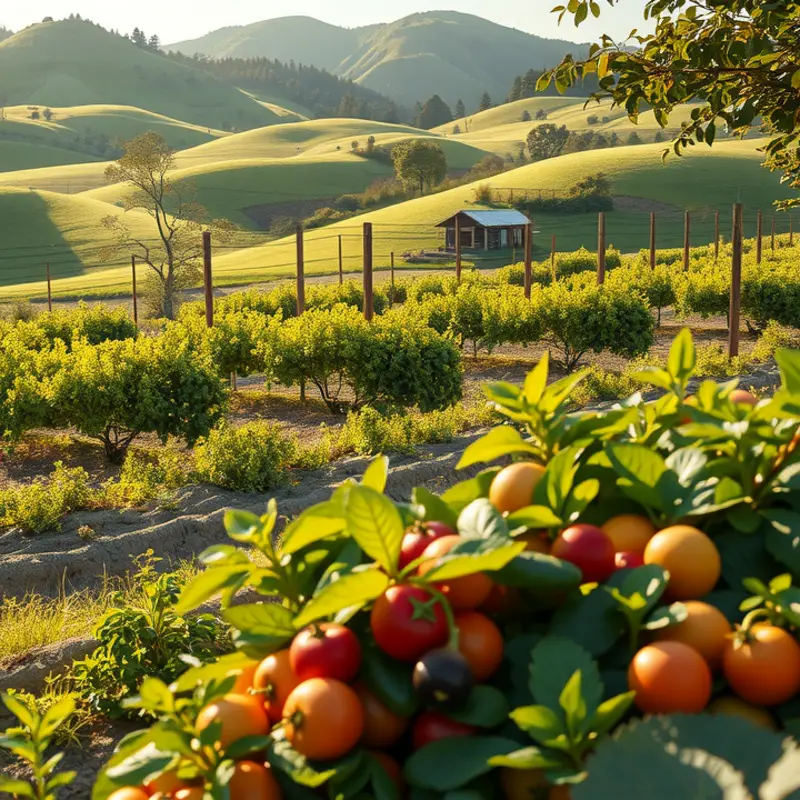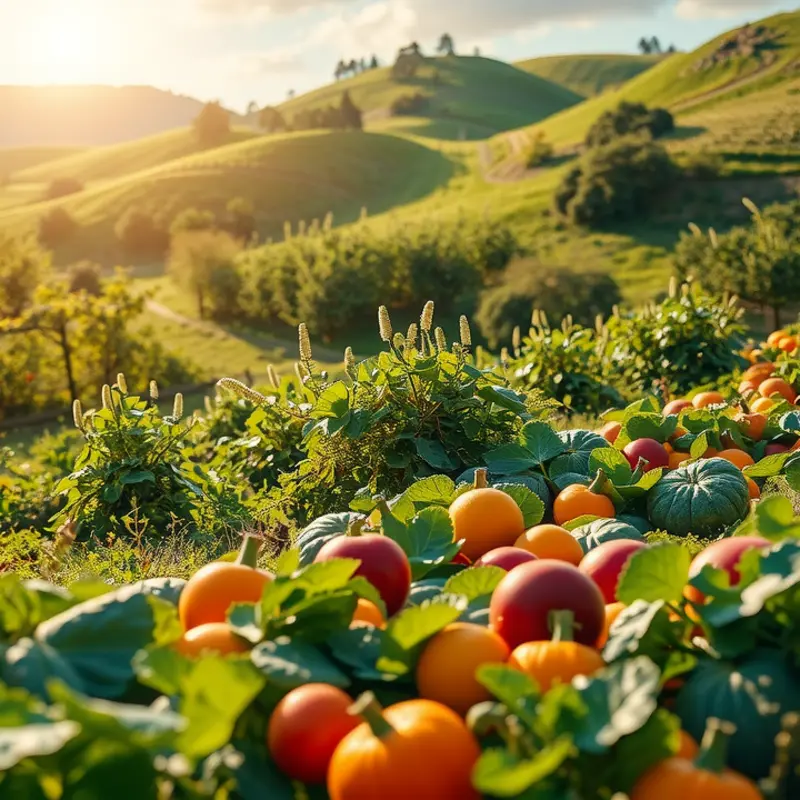Reducing food waste is crucial for both the environment and our budgets. By adopting effective food storage and management practices, we can significantly lessen what ends up in landfills. This guide provides actionable strategies to help you store your food safely, minimize spoilage, and utilize leftovers creatively. Embracing these techniques not only minimizes waste but also promotes a more sustainable lifestyle.
Safe Food Storage Techniques

Proper food storage is essential in reducing spoilage and minimizing waste. Knowing how to store fruits, vegetables, dairy, and meats under optimal conditions can extend their freshness significantly. Beginning with fruits and vegetables, understanding which items prefer cooler environments and which thrive at room temperature is crucial.
Fruits such as apples, citrus, and berries last longer when stored in the refrigerator. It’s best to keep them in the crisper drawer, which is designed to maintain optimal humidity levels. Separately, bananas, tomatoes, and potatoes should be stored at room temperature to maintain their flavors and textures. Storing apples alongside other produce should be avoided due to the ethylene gas they emit, which accelerates ripening.
Leafy greens, often prone to wilting, benefit from being stored in airtight containers with paper towels. This absorbs excess moisture, keeping them crisp for longer. Similarly, fresh herbs like cilantro and parsley last when placed in water, akin to fresh flowers. By doing so, these herbs maintain hydration and freshness for an extended period.
When storing dairy products, the key is consistency in temperature. Milk and yogurt should ideally be positioned at the back of the fridge where temperatures are coolest. Cheese, on the other hand, requires breathable material for storage. Wrapping cheese in wax paper and then placing it into a loose plastic bag allows it to breathe yet remain protected from drying out.
Meats demand particular attention due to their vulnerability to spoilage. Store meat in the coldest part of the refrigerator, usually at the bottom, to prevent any leaking that might contaminate other items. For long-term storage, freezing is optimal. To prevent freezer burn, wrap meats in heavy-duty aluminum foil or use vacuum-sealed bags that eliminate air contact.
Airtight containers are versatile tools in combating food waste. Opt for containers made from glass or BPA-free plastic, and ensure they are sealed tightly to keep air out. These containers are ideal for storing leftovers, pre-chopped vegetables, or portioning bulk items like grains and flours. Keeping your pantry organized with labeled containers reduces the chances of forgetting items, which leads to spoilage.
Combining these techniques not only preserves the flavor and nutritional value of food but also significantly cuts down on waste. For further guidance on creating an eco-smart kitchen, including smart storage techniques, a valuable resource can be found here. By adapting these storage strategies, you make strides towards a more sustainable and less wasteful kitchen environment.
Creative Ways to Use Leftovers

Leftovers often present an opportunity to explore culinary creativity rather than an obligation to consume yesterday’s meal. Transforming leftovers into new dishes can significantly reduce food waste and inflate your culinary repertoire. Here are some practical and innovative ideas to repurpose what’s already in your fridge.
Cooking Tips: Start by assessing your leftovers. Proteins like chicken or beef can be reinvented as sandwich fillings, taco toppings, or mixed into a hearty soup. Vegetables can be effortlessly turned into frittatas or stir-fries. The key is to pair these with complementary ingredients and spices to bring out fresh flavors.
Recipe Ideas:
-
Leftover Pasta Frittata: Stir leftover pasta with beaten eggs, a sprinkle of cheese, and herbs. Cook on low heat until set for a satisfying and quick meal.
-
Vegetable Fried Rice: Combine leftover rice with chopped vegetables, a drizzle of soy sauce, and a scrambled egg for a quick and easy stir-fry.
-
Chicken Enchiladas: Roll shredded leftover chicken with some cheese in tortilla wraps, cover with enchilada sauce, and bake until bubbly.
-
Soup and Stew Base: Use leftover grilled or roasted meats as a base for soups or stews. Add some broth and leftover veggies for a nutritious and comforting meal.
Storage Suggestions: Effective storage can greatly extend the life of leftovers. Airtight containers are essential to prevent contamination and maintain freshness. Label containers with dates to keep track of your food’s lifespan. Learning how to safely store your sauces can also help reduce waste significantly, preserving their flavor and usability longer.
Freeze for Later: Freezing is another excellent option for managing leftovers. Freeze individual portions of meals to enjoy when you don’t feel like cooking. Ensure you’re using freezer-safe containers and label them with the dish name and date.
Innovative Mindset: Adopting a flexible mindset toward meal preparation can drastically change how you view leftovers. Consider each leftover meal as a base ingredient rather than a finished product. This approach encourages creative cooking practices and cuts down on waste.
By exploring new ways to use leftovers, not only do you minimize waste, but you also maximize your grocery budget. Incorporate these ideas into your routine and discover how enjoyable and rewarding repurposing food can be. Each leftover has potential, waiting to be rediscovered with a dash of creativity and a sprinkle of curiosity.
For more tips on minimizing food waste, check out this guide on low waste cooking prep.
Final words
Minimizing food waste significantly benefits the environment and promotes sustainability. By implementing proper storage techniques and creatively using leftovers, you can reduce waste and save money. This proactive approach not only enhances your food management skills but also fosters a more mindful relationship with food. Remember, every small effort counts in making a bigger impact. Start today, and watch how simple changes can lead to a decluttered kitchen and a happier planet.







